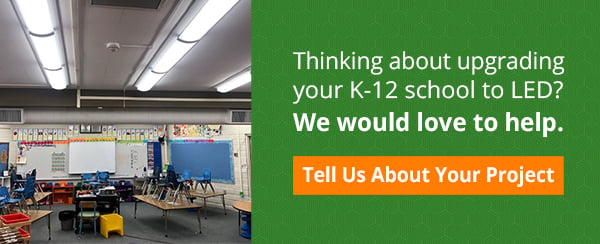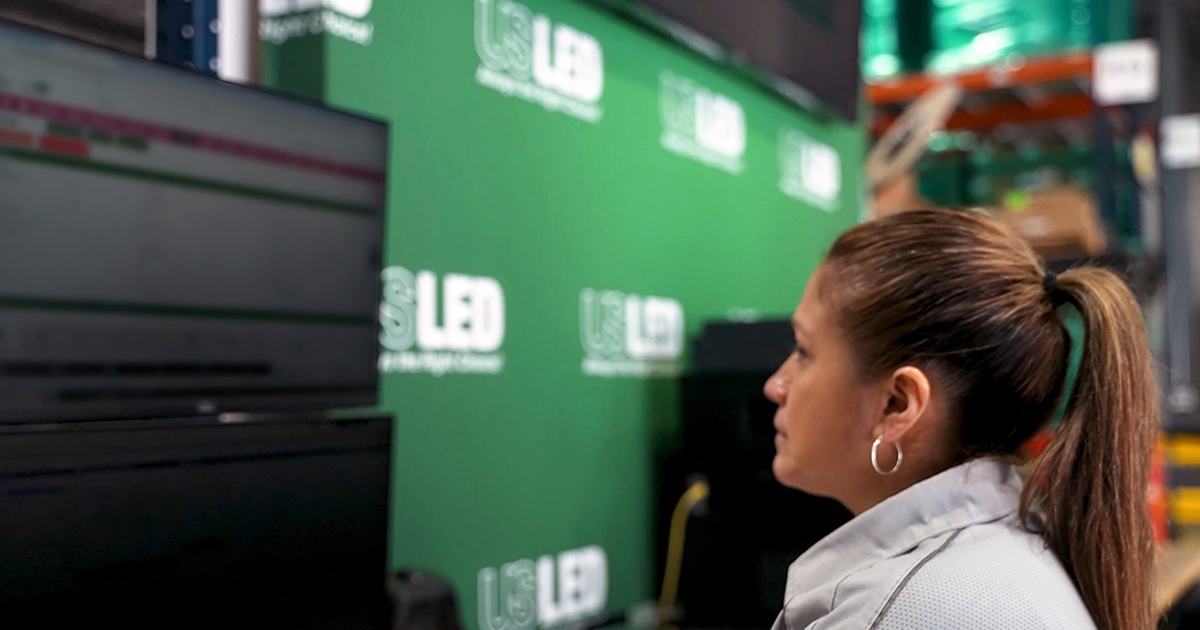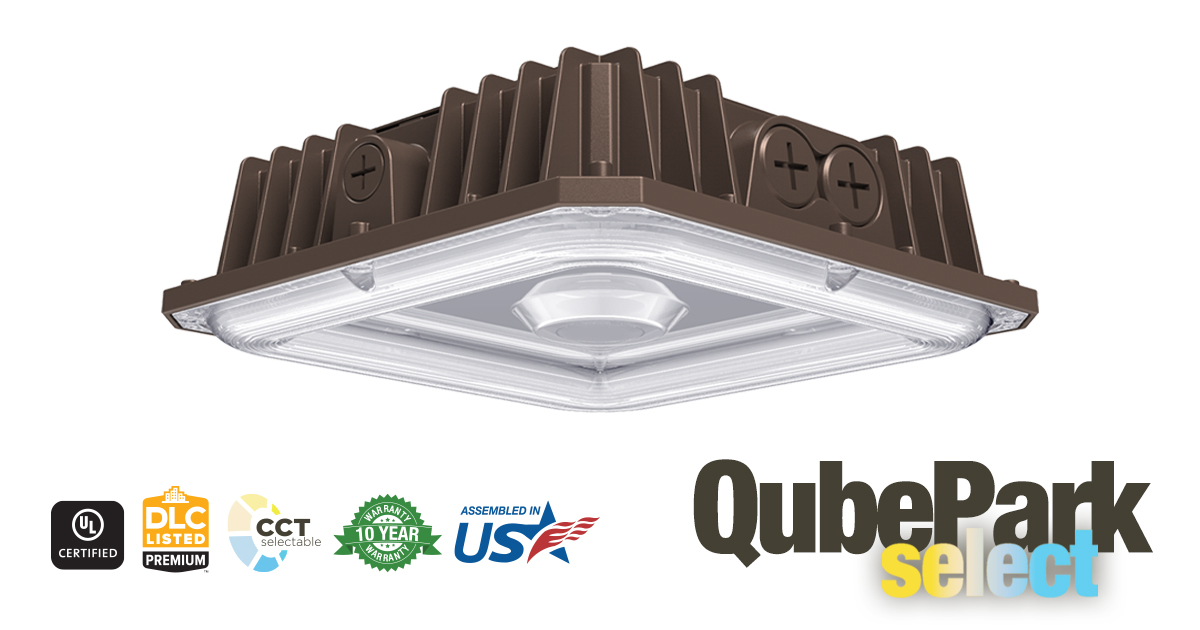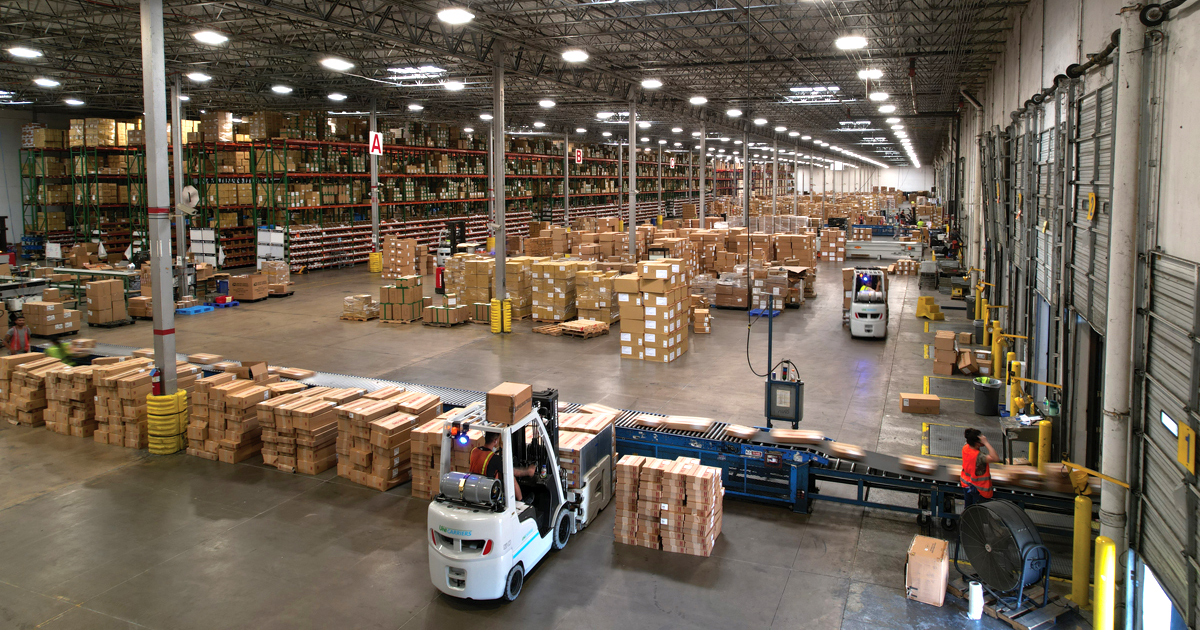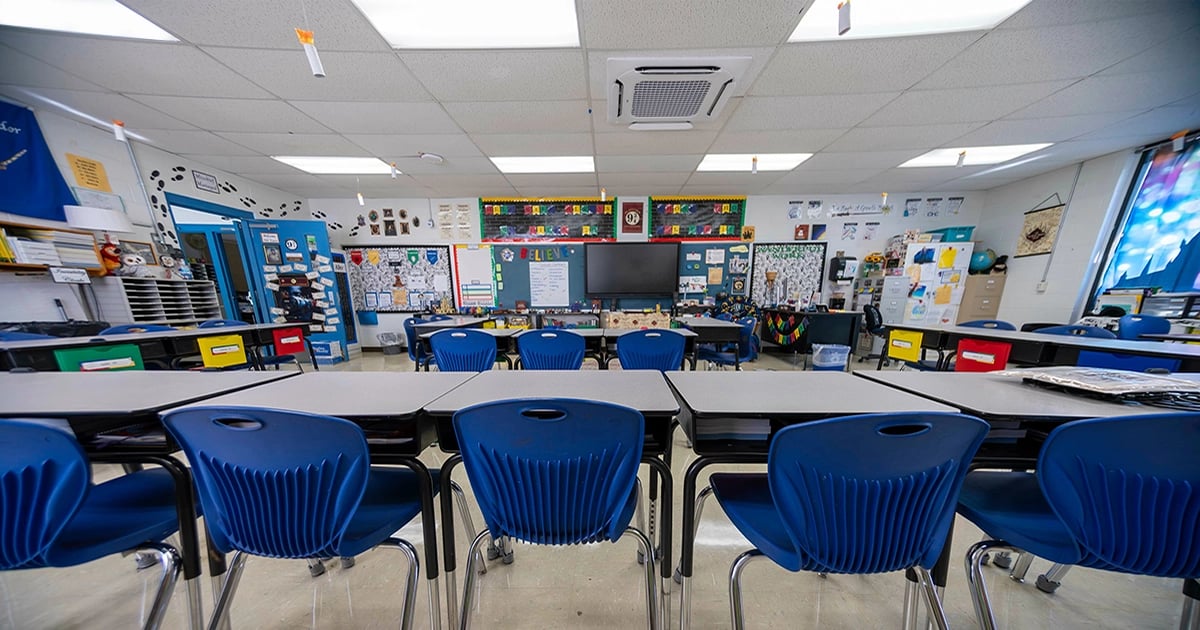
From kindergarten to high school, educational institutions strive to offer students the best possible resources to help them succeed. Besides study materials and computers, lighting plays a crucial role in learning. While LED lighting is usually associated with energy-saving benefits, it also enhances students' academic performance and supports their long-term development. With the proper LED lighting for school environments, students can have a more productive and enjoyable learning experience, leading to a better future.
Brief History of Lighting in K-12 Schools
Between 1930 and 1945, architects created open-air educational facilities to prevent the development of tuberculosis. These facilities, also known as "natural rooms," were designed to provide broad outdoor access and ample natural daylight through large bay windows. Schools incorporated these natural rooms into their designs to promote their students' physiological and psychological well-being. Physical exercise and other learning activities were also encouraged.
After World War II, schools focused on design elements such as acoustics, ventilation, heating, and lighting. Fluorescent technology became widely implemented in school lighting design during this time. However, studies have shown that fluorescent lighting adversely affects occupants' health, causing eye strain and headaches.
LED Lighting Benefits for K-12 Schools
1. Improvements in Student Concentration and Productivity
LED lighting in educational facilities has intangible benefits, including improved student academic performance. With the evolution of LED technology that imitates natural light, students enjoy lighting that contributes to maintaining circadian health and enhances their learning ability. Since students find it challenging to concentrate early in the morning, teachers can adjust the LED lighting to increase alertness and jump-start their day more effectively.

Research studies on lighting have shown that teachers can enhance cognitive skills and lower students' error rates by adjusting the lighting for specific educational activities. Dr. Michael Schulte-Markwort, Director of the Clinic for Psychosomatics in Children and Juveniles at the University Medical Centre Hamburg-Eppendorf, conducted a year-long study to determine the effect of light on learning behavior. Dynamic lighting was installed in a test group of classrooms, allowing teachers to select from four pre-set lighting scenes.
- NORMAL Setting: Suitable for regular activities
- ENERGY Setting: Invigorate the students when they are required to be more active
- FOCUS Setting: Help the students concentrate during challenging assignments
- CALM Setting: Relax the students during individual assignments or quiet time
Most previous lighting systems offered only a single color temperature and output. In contrast, the dynamic scenes in this study had varying color temperatures and light outputs. LED lighting was used to create the necessary settings for flexible testing. The results from the study showed:
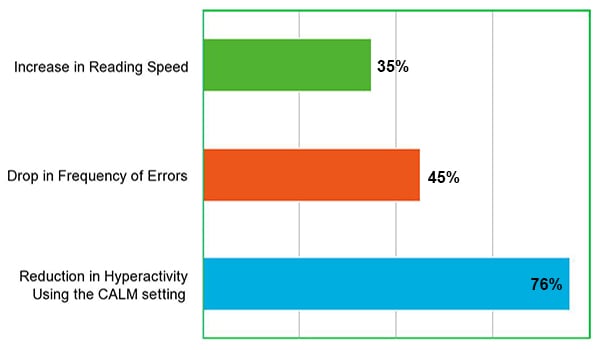
2. More Flexibility with Lighting Controls
By equipping classrooms with dynamic lighting controls, teachers can personalize the lighting to meet the needs of their students. They can set the color temperature, dim the lights, create different scenes, and automate lighting based on the activity. These features can all contribute to a more flexible learning environment. As more commercial buildings adopt automation, advancements in LED lighting can be networked to optimize multiple areas within the building.
3. Increased Health Benefits
Older fluorescent lighting is inefficient and harmful to students' well-being. Many educational facilities are transitioning to solid-state lighting because LEDs do not contain harmful contaminants. A fluorescent tube is a mercury-vapor gas-discharge lamp that uses fluorescence to produce visible light. An electric current excites mercury vapor, producing short-wave ultraviolet light that causes a phosphor coating on the inside of the lamp to glow. Those same fluorescent tubes that contain mercury and PCBs have been proven to damage the health of children if exposed. The EPA also released a statement that schools in the United States built before 1979 may still have some T12s that contain PCBs.
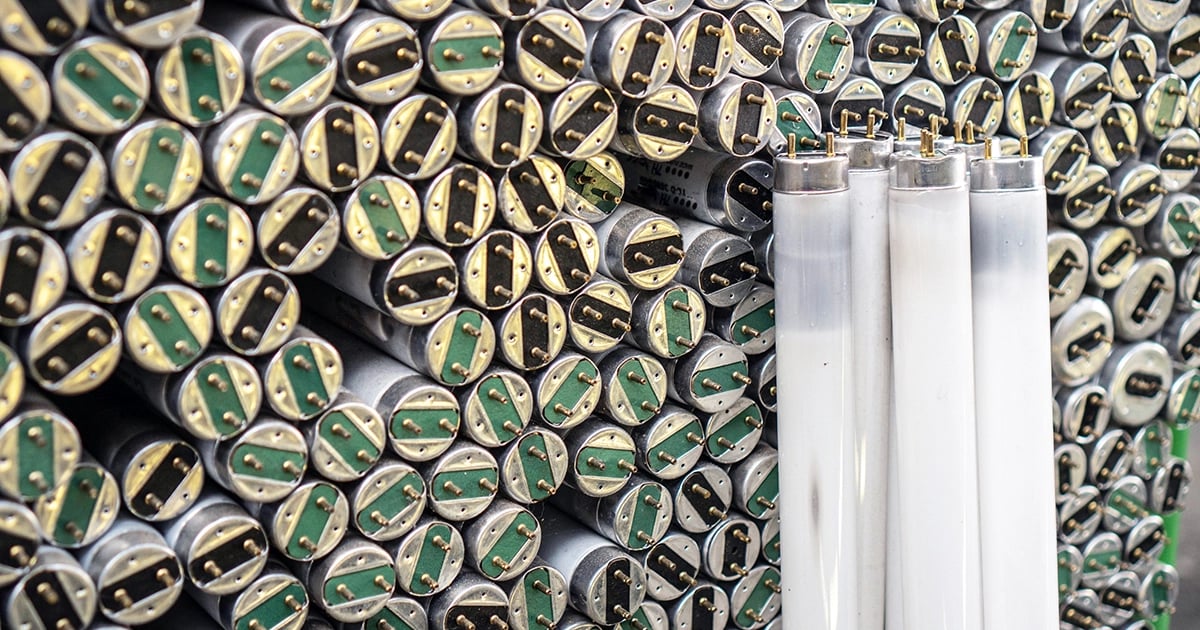
In addition to being a green technology, LED lighting improves visual comfort within a space. Often, two issues associated with outdated lights are glare and flicker. Glare is the discomfort produced by an intensity of light in the visual field greater than the intensity of light to which the eyes are adapted.
Put simply, too much light enters your eye and interferes with your eye's ability to manage it. LED lighting helps to target the light where it is needed the most, thereby minimizing glare and increasing students' visual performance. It also creates less irritation for autistic students who are more sensitive to the sub-visible flicker of direct fluorescent lighting. This irritation can often lead to eyestrain, headaches, and compulsive behavior.
Other health-focused benefits of LED lighting include improving circadian rhythms, mental cognition, hyperactivity, and mood. The optimal function of the body's circadian rhythm depends on the right light. This process helps your body determine when to wake, sleep, focus, or relax.
With the ability to change the correlated color temperature (CCT), LEDs provide students with the appropriate exposure to lighting for maintaining circadian health and aligning their circadian rhythm with the day-night cycle. A GATEWAY program conducted by the U.S. Department of Energy references that lighting in classroom applications "can support the suppression of melatonin during daytime hours and provide lighting that may minimize the suppression of melatonin during evening hours (when other community groups may use classrooms)."
4. Increased Energy Savings
Did you know that K-12 schools cost taxpayers $6 billion in energy costs, according to the Department of Energy? Shockingly, up to 30% of an educational institution's energy usage goes towards lighting alone. Commercial LED lights are far more efficient than legacy technologies and can reduce energy consumption by as much as 75% compared to incandescent and fluorescent options.
Unlike fluorescent lamps that produce wasted heat, LEDs focus energy into visible light, producing much less heat. Less heat means less requirement for air conditioning, thus less energy consumption related to HVAC costs.
5. Reduced Maintenance Costs
Classrooms, hallways, offices, and bathrooms all share one thing - their maintenance staff must frequently replace fluorescent tubes. A considerable amount of working hours are spent on replacements, especially in areas that are not easily accessible. Spaces like gyms, auditoriums, and other rooms with high ceilings require ladders or scissor lifts for tube replacements.
With LED lighting installation, maintenance staff no longer need to purchase replacement parts, and labor costs are virtually eliminated. Maintenance programs can also eliminate provisions for the safe disposal and recycling of burned-out tubes associated with fluorescent lighting.
6. Added Safety and Security
LED lighting effectively ensures proper campus illumination and eliminates dark areas where criminal activity could occur. By providing appropriate light levels around building exteriors, pathways, and parking lots, visibility is improved, and the possibility of accidents is reduced. Furthermore, LED lighting can enhance the performance of security cameras and alleviate anxiety among faculty and students on campus during after-hours.
How LED Lighting and Lighting Controls Benefit More Than Just Your Bottom Line
By graduating with LED lighting, administrators can profoundly lower operating costs, minimize maintenance, and play a critical role in the success of both teachers and students. For schools working to meet ever-higher environmental and educational standards, LED lighting can be the crucial advantage they are looking for.
How can you choose the proper lighting for your educational facilities? Make sure you keep these things in mind when considering an upgrade:
-
Work directly with an LED lighting manufacturer to find the best environmental solutions. Their team should be able to perform lighting audits and provide photometric layouts showing the performance of the proposed lighting solution.
-
All LED lighting does not perform equally. Prefer an LED lighting manufacturer with deep engineering expertise producing lighting solutions with long lifetimes and best-in-class warranties.
-
Consider if you need dynamic lighting controls integrated with your new LED lighting system. LED luminaires can be integrated with controls during manufacturing to be optimized specifically for your space.
Since 2001, US LED has been a full-service LED lighting and controls provider for K-12 schools. Moreover, US LED offers Operational Efficiency Solutions to provide institutions with an easy path to energy management and a full line of sight. Let us help you choose the LED lighting best suited for your learning environment. Click below to get started!

